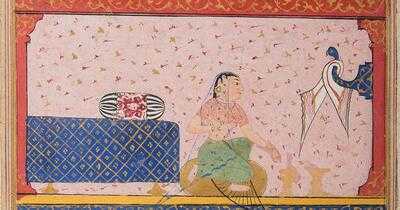
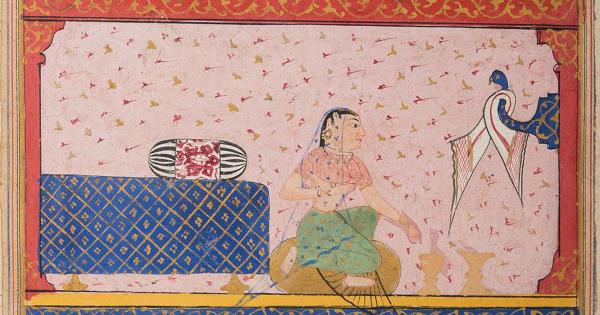
A growing number of historians of Hindi literature believe that the Hindi literary tradition begins with the invention of the Sufi romance and its first known example, the Candāyan (1379 CE) of Maulana Daud. There are multiple reasons for giving Daud’s work and the genre that it inaugurates this distinction. First, it is the earliest known work in a register of the vernacular that continued to be used for literary composition over the next five hundred years. Second, it employs meters and verse forms like the caupaī and dohā that would come to be closely associated with bhāṣā literature. Third, it is the first work of a genre that would come to occupy a central place in the vernacular literary imagination until well into the nineteenth century.
Not all scholars agree; some locate Hindi literature’s beginnings in other centuries and in other genres. Yet if we take seriously Sheldon Pollock’s contention that writing and the self-conscious identification of poetry or belles lettres as such (whether Indic kāvya or Arabic-Persian adab) are essential to the constitution of literature proper, then the Candāyan stands out sharply as the first work in a north Indian vernacular to have been consciously written as literature.
Practices of inscribing the vernacular...Read more
-
'Gutted' Tameka Empson breaks silence after Celebrity Traitors banishment
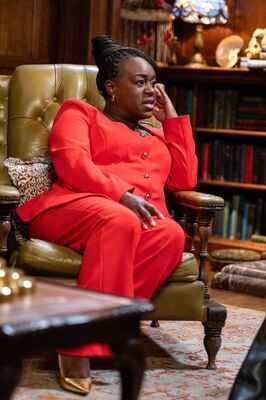
-
We'll scrap stamp duty - the single most anti-aspiration tax in Britain

-
From Faizan's FIR To Pahalgam Terror Comment, Bigg Boss 19 Fame Tanya Mittal's Top Controversies
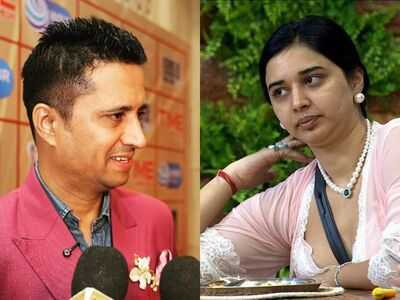
-
Centre clarifies 75% of provident fund can be withdrawn immediately after leaving job
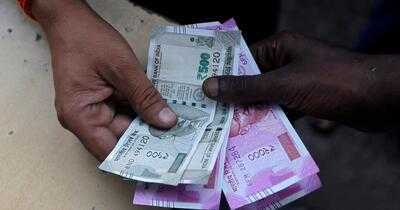
-
Delhi University Seeks Professors: 56 Positions Open for Application
